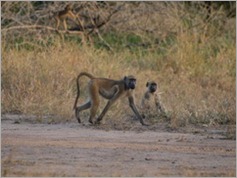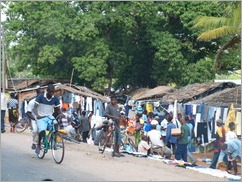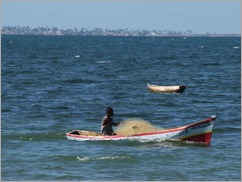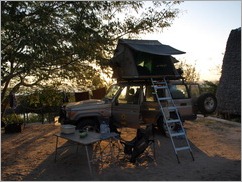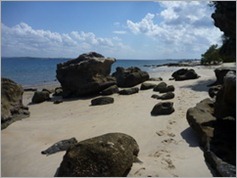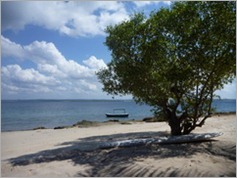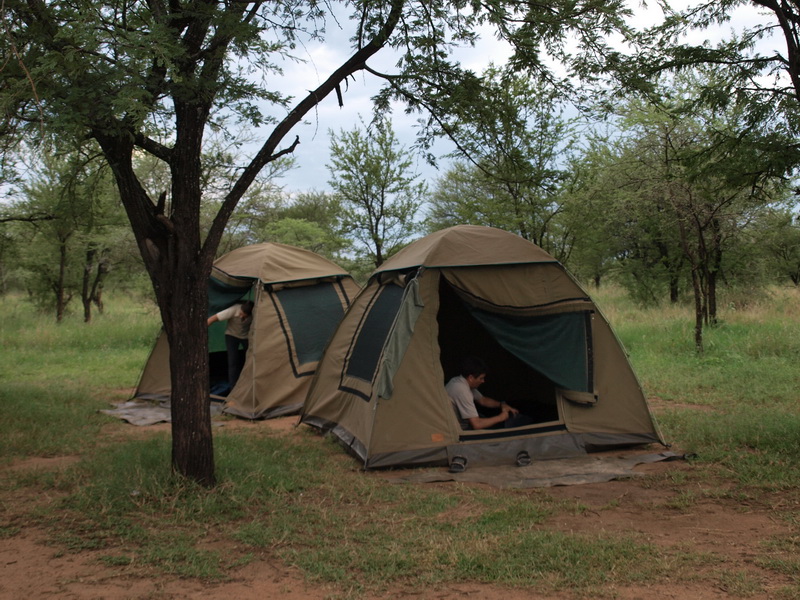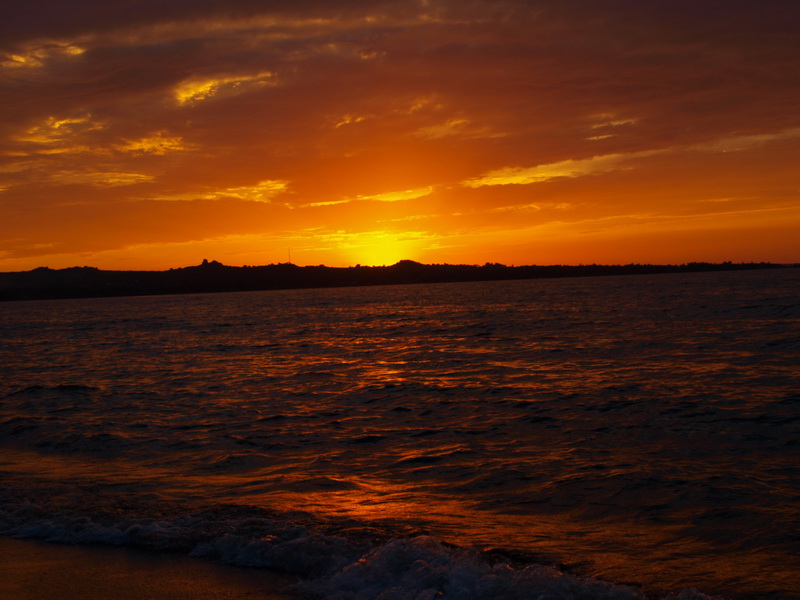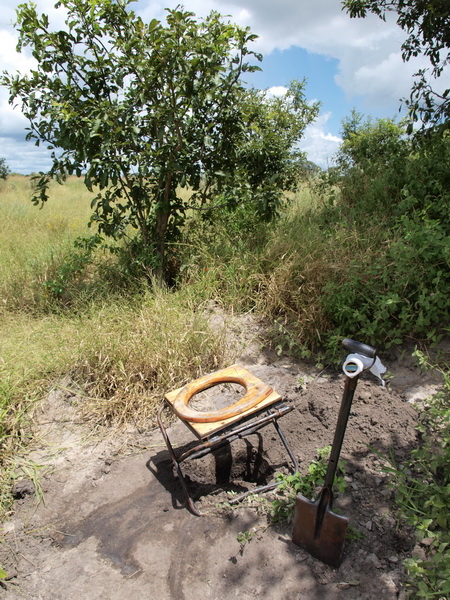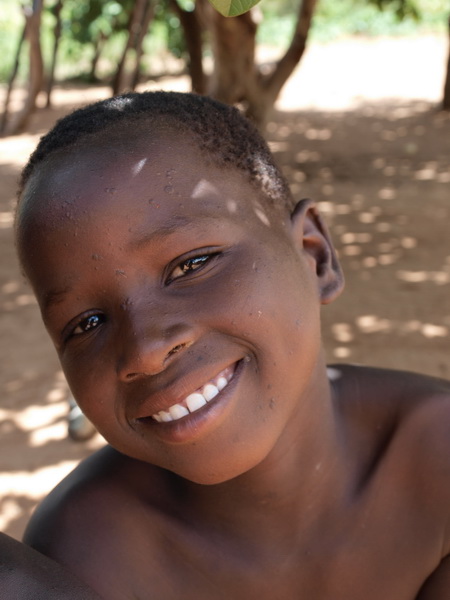We left Vumba and headed the short distance to the Mozambique border, picking up Ken from Tony’s Coffee House and giving him a lift on the roof (as you do in Africa) to work.
The border was, as usual, chaos. There were heaps of semi trailers lined up both on the Zimbabwe and Mozambique side. Again we had no issues and took about an hour to do both sides. For those travelling, here are the details:
-
Enter the Zimbabwe gate where you get a gate pass.
-
Drive through utter chaos with vehicles coming at you and construction and people everywhere. (Just drive past all the trucks until you see some buildings).
-
Be directed by what I think was a tout to park.
-
Go to immigration and wait for the official to finish reading his newspaper article and get your passport and gate pass stamped.
-
Go to the next counter and hand over your Temporary Import Permit. No questions were asked, nothing was checked (too easy).
-
5 mins later drive to the exit gate (chain across the road). One guy tells you to park, another guy asks what we have, to which we reply “camping gear” and he accepts our gate pass and allows us to leave.
-
Wait for the chain guy to lower the chain, then for the car behind you to move and leave Zimbabwe.
-
Enter the Mozambique gate where there are 2 police officers sitting at the side but too lazy to move. A tout will go and get your gate pass and tell you to park.
-
Get out of the car and get your gate pass off the tout and tell them you do not need their help and will organise insurance yourself. (They did follow us nearly the whole time we were there, but didn’t keep hassling us).
-
Go to Immigration where there will be no forms and you will have to ask to get one.
-
Fill in the form, line up and then be given the Visa form.
-
Fill in the Visa form. The Visas now cost $78 + $2 for the form (go figure?). A very large unexpected cost! The official was at least helpful and pleasant when we asked him for information such as the border names and address details for Gorongosa.
-
Line up again. Wait for the official to gather all the paperwork then disappear into another room to sort the visas.
-
5 mins later be called into another room where they take your photo and left and right index fingerprints which are then printed on your visa. (No wonder the visas now cost so much!)
-
Go back to the counter and wait for him to fill in more paperwork and stamp your passport and gate pass.
-
Go to the next counter and pay $2 for a Temporary Import Permit. Read the sign that lists all the things you must have in order to get a TIP, none of which we were asked for (and I don’t think we had them all either), and be thankful.
-
Go outside and purchase Insurance for $23. We went to the first place as there was another westerner there who had done the crossing before and we were told the insurance is the same price everywhere anyway.
-
Drive to the exit gate and wait 5 mins before anyone shows up. In the meantime a semi trailer decides to drive past all the other semi trailers and completely blocks the road. Thankfully the official made him move.
-
Arrive in Mozambique where 10 money changers will wave Mozambique Meticas at you assuring you they have the best price. Keep driving and find an ATM.
-
Welcome to Mozambique.


